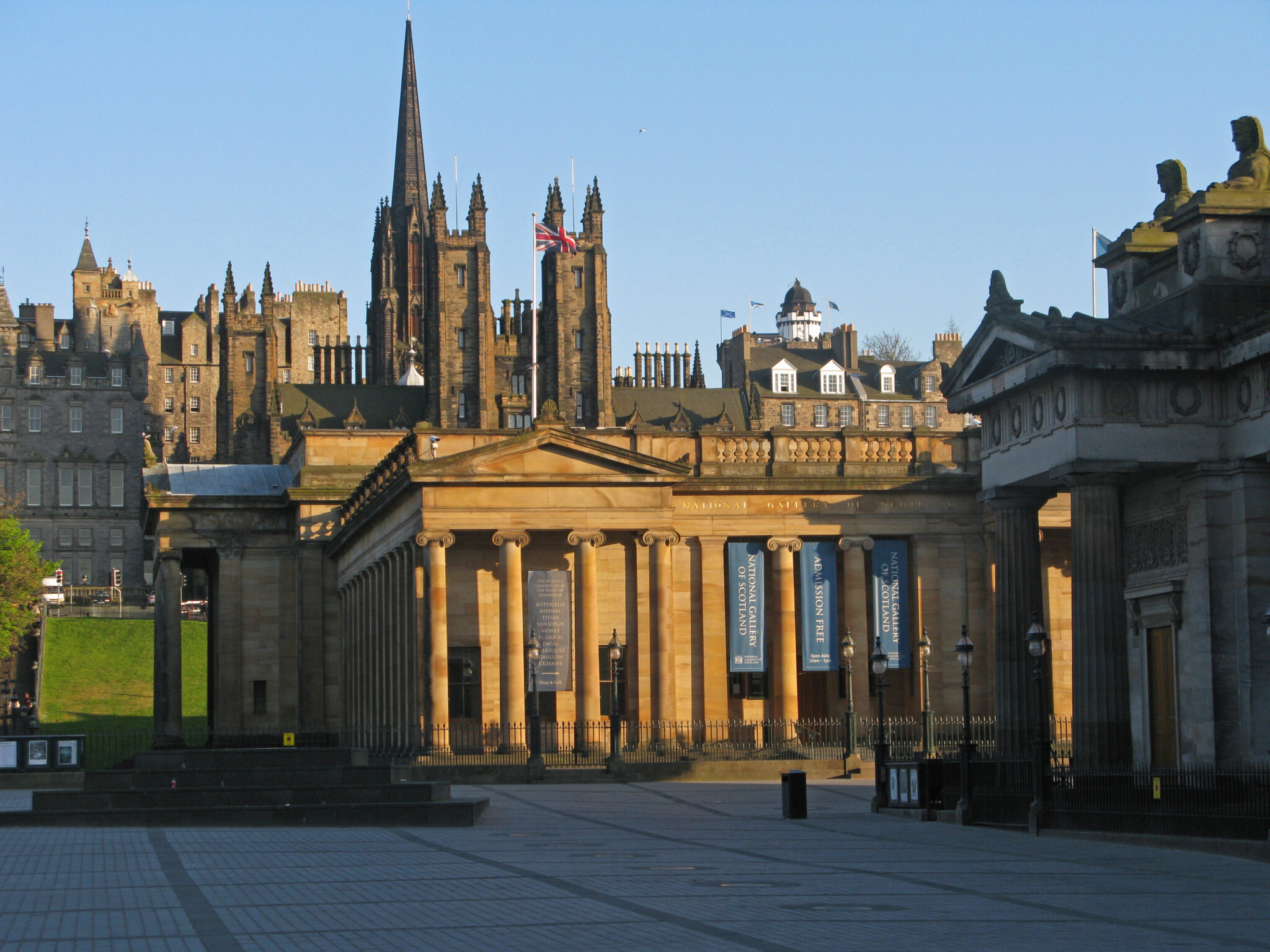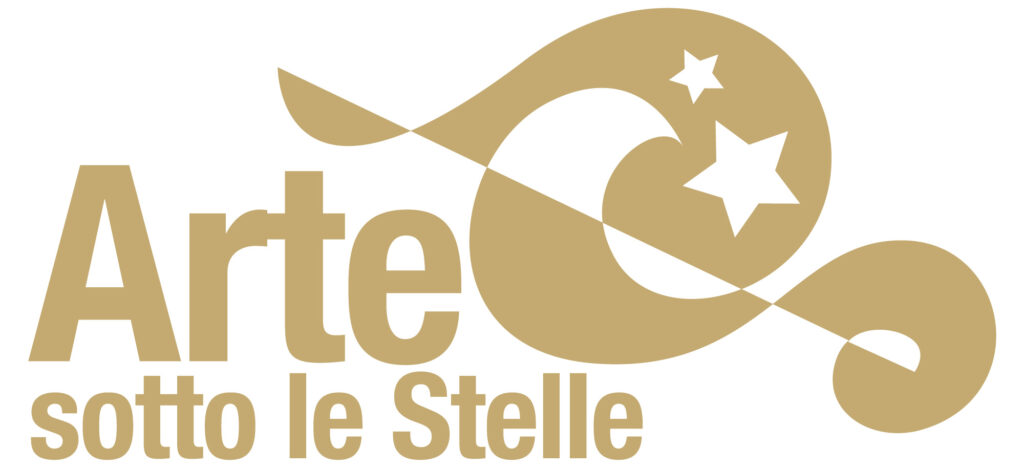National Gallery of Scotland – Edinburgh
The National Gallery of Scotland is part of the Scottish state museum circuit.
The collection’s origins date back to 1819, with the founding of the Royal Institution for the Encouragement of the Fine Arts, which first started to buy paintings. In 1826, a group of artists separated from the Royal Institution, dissatisfied with its policies: in 1838, the Royal Scottish Academy (RSA) was founded, aiming to establish a national collection.
In 1840, the architect William Henry Playfair was commissioned to design a building that could house the art collections: the museum, whose Neoclassical style was inspired by ancient Templar architecture, opened to the public in 1859, and originally housed both the collections of the RSA and those of the Royal Institution.
In 1912, the RSA moved into the former Royal Institution building, now known as the Royal Scottish Academy Building; the Royal Institution remained in its original structure, and later merged into the National Gallery of Scotland.
The museum houses the most important art collection of the country, with works by national and european artists and, covering a historical period ranging from the Renaissance to the nineteenth century.











